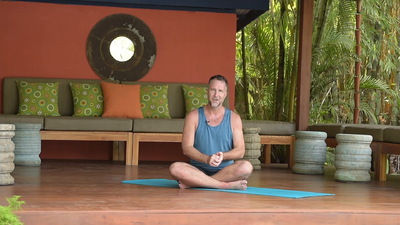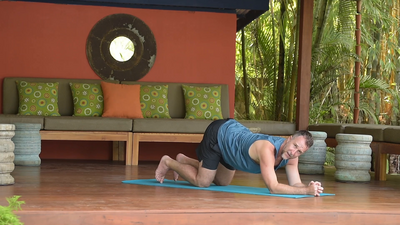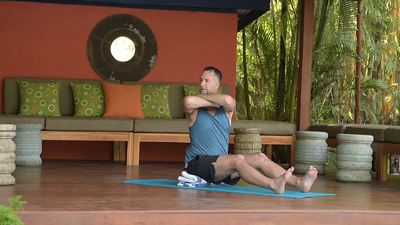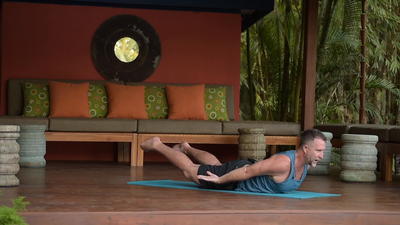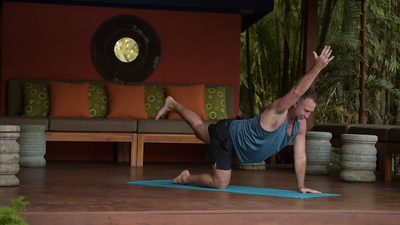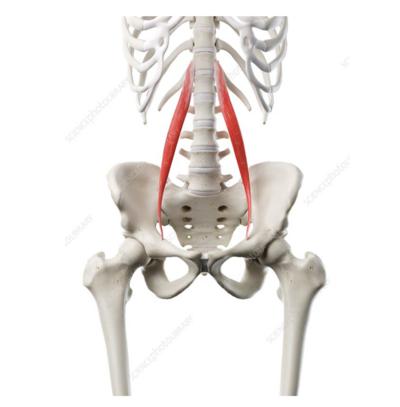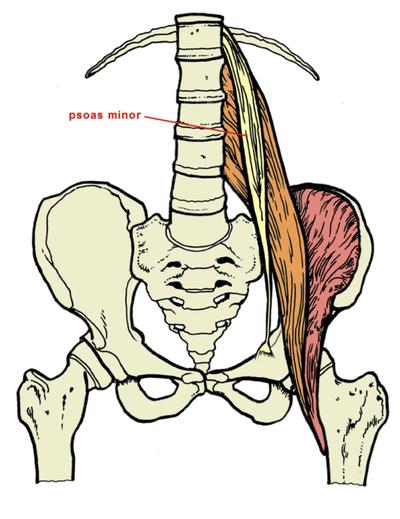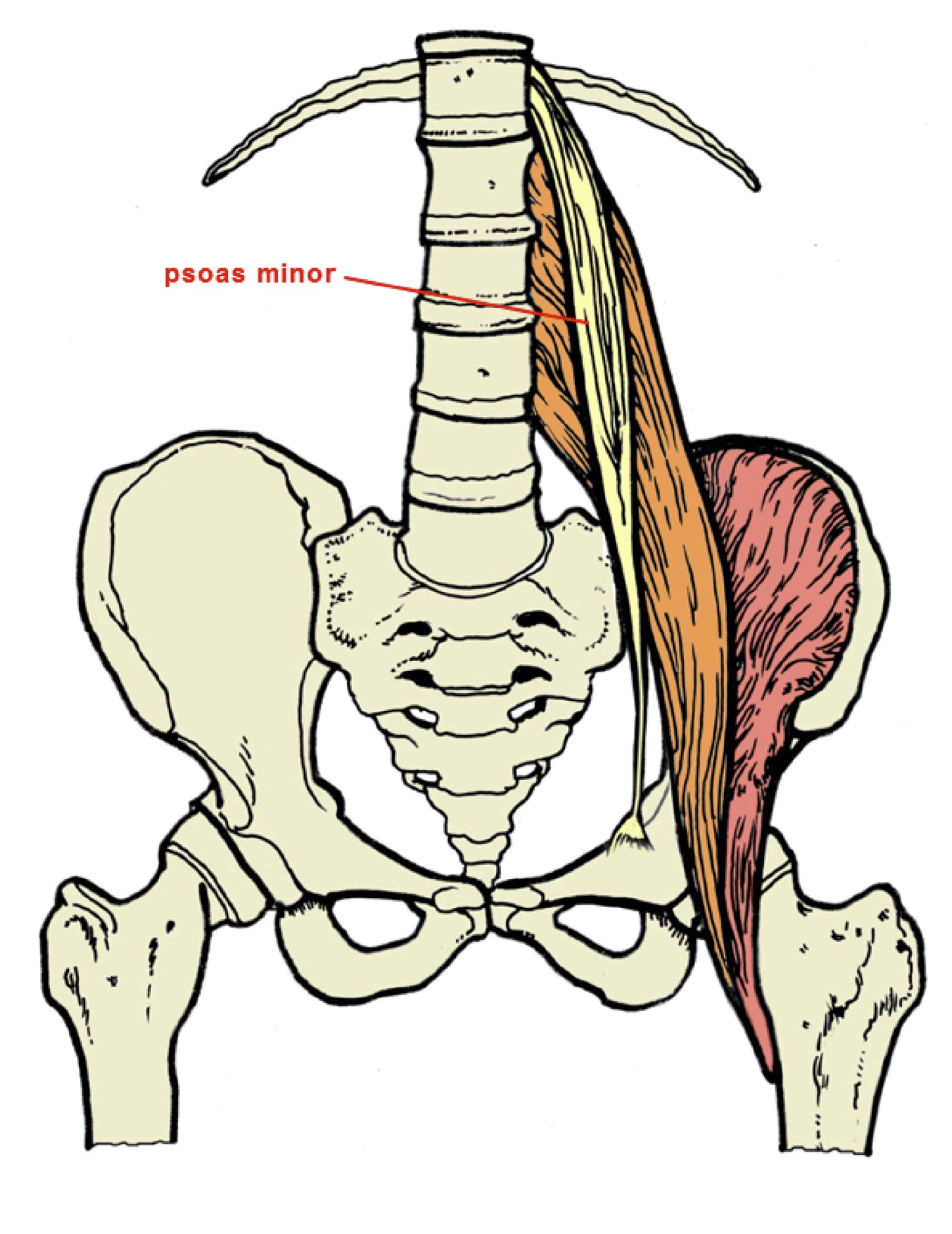- Meditation Practices
- Relaxation Practices
- 20-Minute Practices (Or Less)
- 30-Minute Practices (Or Less)
- 60-Minute Practices (Or More)
- Relaxation Yoga Classes
- Pain-Free Practices (+ Hacks)
- Beginner Yoga: 7-Part Series
- Posture Lab: How To
- Dharma Talks with Yogi Aaron
- Rocket Yoga
- Yoga Flow to Bring Power & Grace with Mimi Rieger
- 7-Day Pain-Free Journey
- Hip Pain: 7-Day Series
- {FREE} Unlock Your Strength + Flexibility
- Neck Pain: 7-Day Series
- Back Pain: 7-Day Series
- Break Free from Pain - 7-Day Journey
- Foot Pain: 5-Day Series
- Hand + Wrist Pain: 5-Day Series
- Move Smarter With AYAMA™
- The Stretching Police: Dismantling the Flexibility Myth
- Posture Lab (How To)
- Beginners To Yoga + AYAMA™
- Runners + Walkers (Muscle activation for)
- Chakra Healing Course
- Morning Routine Course
- Yoga Alignment Course
- Back Health Course To Eliminate Pain
- Yoga Nidra Course
- Handstand (How To)
- Access Personal Power (How To)
- The Energetics of Postures with Karina Mirsky
- Secret To Sequencing
- Stop Stretching Podcast Series
- Workshops
- {FREE} Empower Your Clients Series
- AYAMA Certification Course - Level One
- AYAMA Certification Course - Level Two
- AYAMA Certification Course - Level Three
- The AYAMA™ Online 200-Hour Yoga Teacher Training With Yogi Aaron
- How To Sell Out Your Yoga Retreats
- Business + Marketing Course For Yoga Teachers
Day 3 - Activate and stabilize trunk flexion
Welcome to day three of seven days to becoming pain-free in your body!
If you feel inspired, go back and repeat the exercise from Day 1 + 2, and then continue with Day 3.
If not, no worries. Practice each day until you get the hang of it. There is no rush, and steady + consistent wins the race.
Do not take shortcuts. Do the exercises correctly, as explained in the videos. If you do the work, you will reap the rewards of having a more energetic, stable, and resilient body.
In the introduction video, we talked about why we have pain. One of the reasons is because frequently specific muscles are not working effectively in the body.
Often, when a person bends over, their backs will seize up.
Why? Why do people's backs go out so quickly, especially when they bend over to do something as simple as picking up something from the floor?
Why?
If we think about the biomechanics of when we fold forward, what needs to happen is all these muscles in the front body need to shorten.
If they are not shortening correctly, other muscles will get recruited to do their job. Furthermore, if the muscles getting recruited are stressed or not working either, the back will seize up.
The longest muscle that is responsible for trunk flexion is called the psoas minor.
The psoas minor runs from the pubis up into the lumbar spine (specifically T12 and L1.
Watch the video now.
In this specific exercise, the essential thing to anteriorly tilt the pelvis inward.
After finishing, stand up. What does your body feel like?
Has anything changed?
Is the core more stable? Strong? Perhaps there is more movement?
Fold forward or bend forward to pick something up. Is it much easier?
If the answer is yes, it is because those front muscles are starting
to contract properly.
See you tomorrow for day 4!

